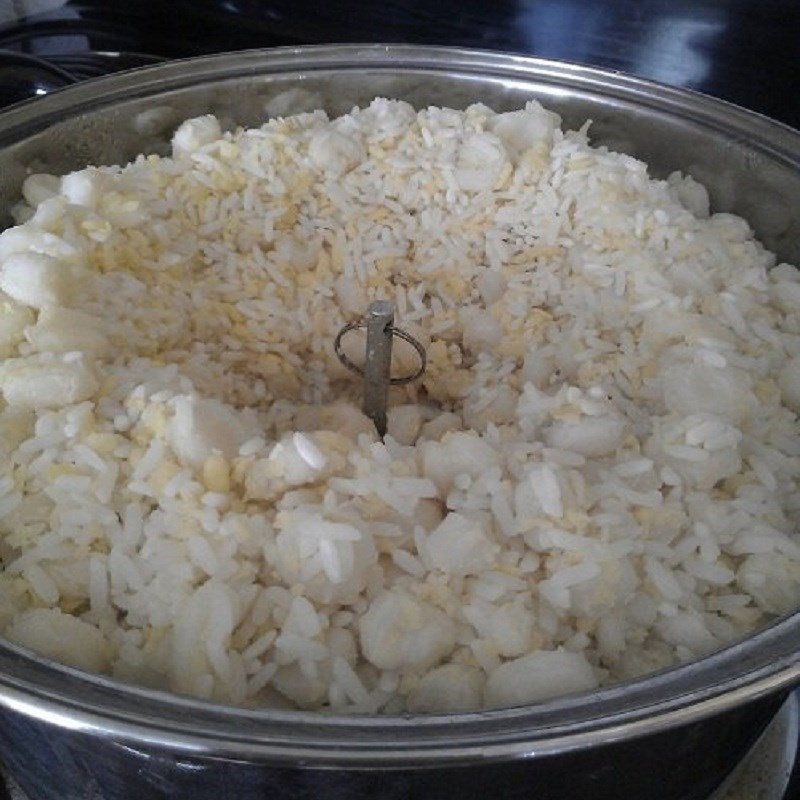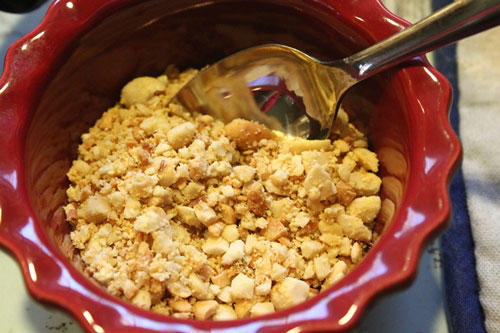Xôi ngô (Sticky Corn Rice)
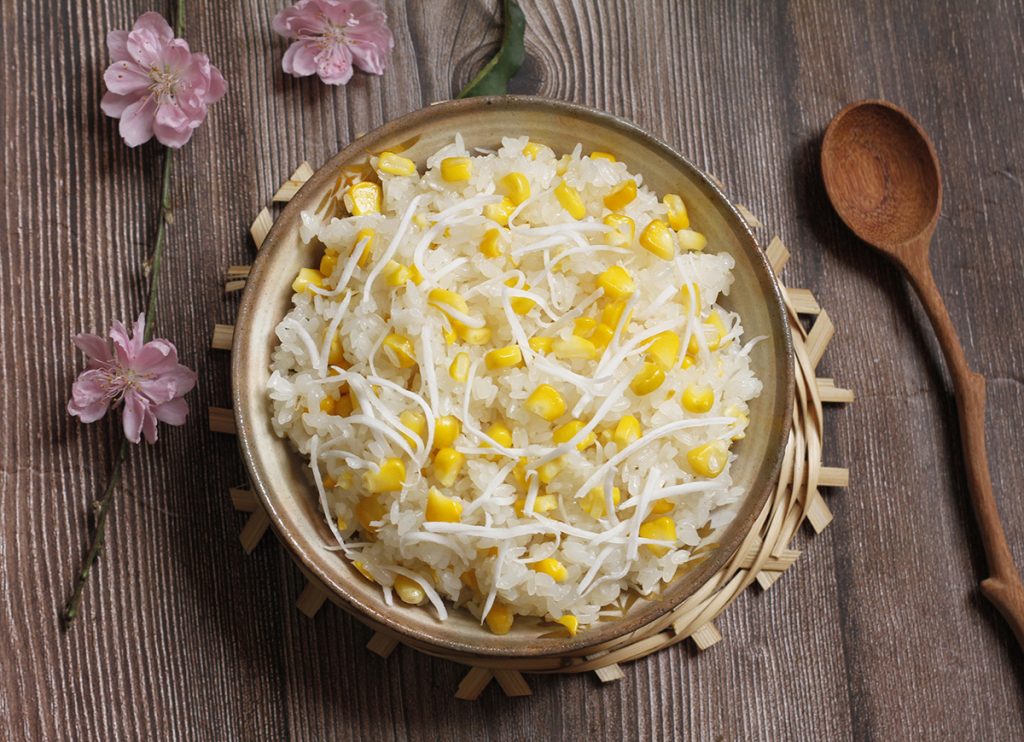
Ingredients
Grain & Legume Base
-
300g fragrant glutinous rice (soaked before steaming)
-
Kernels from 2 fresh corn cobs
Toppings
-
30g grated coconut
-
10g roasted peanuts (lightly crushed)
Seasoning
-
2 tsp salt (for soaking or mixing)
-
1 tsp sugar (adjust to taste)
Nutritional Information
For: Vegetarians and Vegans
Calories per serving: ~ 180–220 kcal (per 1 serving ~100g)
Key Nutrients
1. Healthy Carbs (30–35g)
- Source: Glutinous rice + corn
- Benefits: Provides long-lasting energy, promotes fullness, and supports digestive health thanks to fiber in corn.
2. Plant-Based Protein (3–4g)
- Source: Corn + roasted peanuts + coconut
- Benefits: Supports muscle repair, immune function, and helps balance energy levels throughout the day.
3. Natural Fats (3–4g)
- Source: Grated coconut + peanuts
- Benefits: Supports brain health, hormone balance, and aids in the absorption of fat-soluble vitamins.
4. Fiber (2–3g)
- Source: Corn + peanuts + coconut
- Benefits: Aids digestion, regulates blood sugar levels, and contributes to a healthy gut microbiome.
5. Essential Minerals
- Magnesium + Potassium (corn): Helps with nerve function and muscle control.
- Iron (peanuts): Supports red blood cell production and oxygen transport.
- Calcium (coconut): Promotes bone strength and metabolic balance.
1. Soak the Glutinous Rice
Before cooking, soak the glutinous rice in water for about 2 hours to soften. This helps the final dish turn out more tender and fragrant.

2. Prepare the Corn
Remove the husk and silk from the corn. Then, use a knife to carefully cut the kernels off the cob.
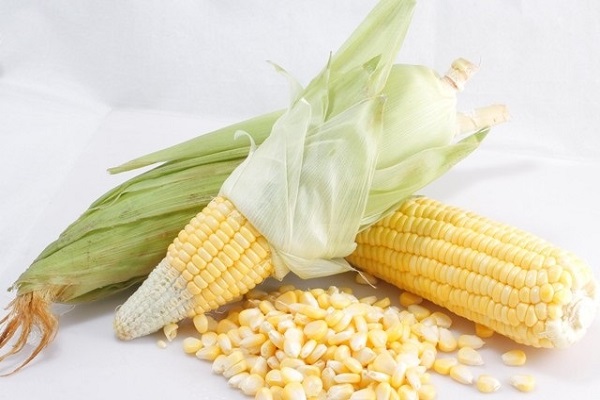
3. Make the Coconut Milk
Prepare about 150ml of warm water. Add it to freshly grated coconut meat and stir well with a spoon to extract the milk. Then, strain the mixture through a cloth to get pure coconut milk.
(Tip: To save time, you can use ready-made coconut milk from the market.)
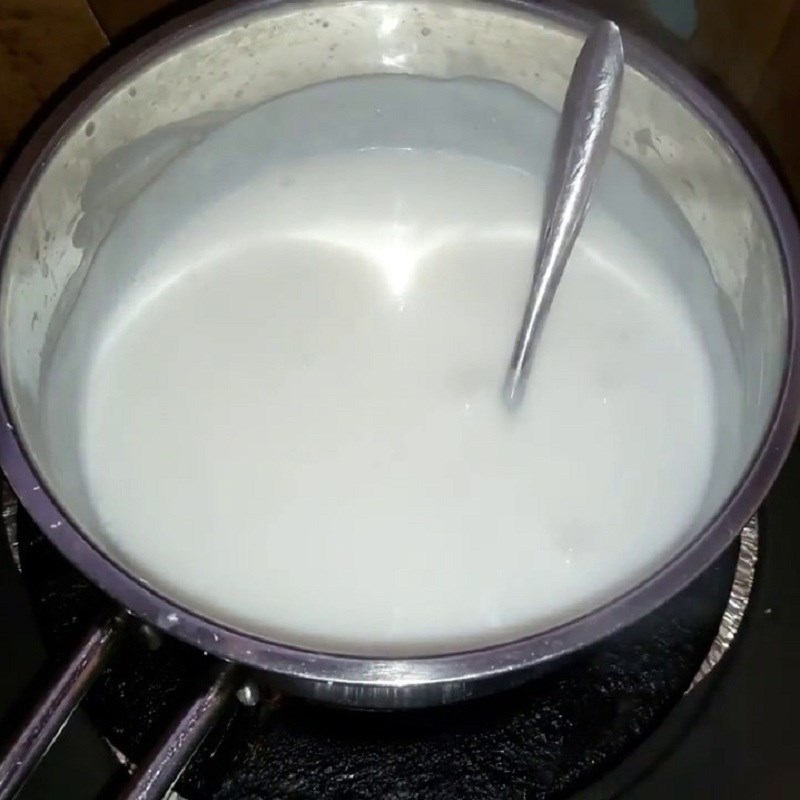
4. Cook the Sticky Rice
After soaking, rinse the rice again, then drain it well. Add a pinch of salt to the rice and toss evenly for a deeper flavor. Next, mix the rice with the prepared corn kernels.
Transfer the corn and rice mixture into a rice cooker. Pour in the 150ml of coconut milk. If the liquid doesn’t fully cover the mixture, add a little more water until it just reaches the surface.
Close the lid and cook as usual using the “Cook” function.
5. Make the Peanut-Sesame Topping
If you have time, it’s best to roast raw peanuts yourself for better flavor. Here’s how:
-
Heat a dry pan over medium heat.
-
Add 1 tablespoon of salt, then the peanuts.
-
Roast the peanuts evenly, stirring constantly to prevent burning. The salt helps keep the peanuts from scorching and enhances their taste.
Once roasted, let the peanuts cool, then rub off the skins and crush them lightly.
Season the crushed peanuts with ½ teaspoon of salt and 3 tablespoons of sugar, and mix well. (Adjust sweetness and saltiness based on the amount of peanuts.)
6. Final Touch
When the rice cooker switches to the “Warm” mode, wait about 15 minutes before opening the lid. Fluff the sticky rice with chopsticks or a spoon to loosen it.
To serve, scoop the sticky rice onto a plate, sprinkle the peanut topping generously over the top. For extra appeal, you can also add a handful of shredded coconut.
Enjoy while warm!

Backstory – Sticky Corn Rice: A Taste of Morning, Wrapped in Sweet Simplicity
For many Vietnamese, xôi bắp—sticky rice with corn and coconut milk—is the taste of quiet mornings on the porch, the familiar call of street vendors echoing through narrow alleyways at dawn. It’s humble, unpretentious, yet deeply comforting: soft glutinous rice, sweet golden corn, a splash of rich coconut milk, and a sprinkle of crushed peanuts and sesame sugar—together forming a dish both simple and soulful.
Xôi bắp has nourished generations of schoolchildren on their way to class, tucked into banana leaves by loving hands. It’s also a meaningful presence on vegetarian trays during Buddhist holidays or full-moon offerings—symbolizing abundance, care, and gratitude.
Even as modern cuisine continues to evolve, xôi bắp holds its place—timeless in flavor and rich in memory. In every warm spoonful lies a gentle sweetness, a chewy softness, and the quiet nostalgia of home.
